Aussie town is auctioning off cave homes, land and more – starting from $3k
You can now live in this outback town from $3k
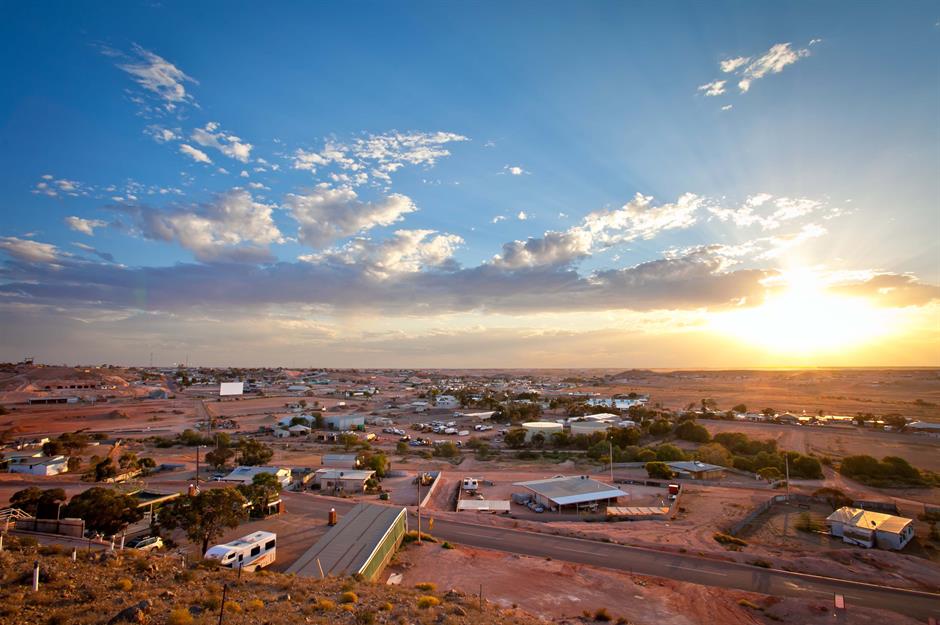
Located 526 miles north of Adelaide, in the Australian Outback, one of the most hostile places on Earth, is the town of Coober Pedy. With over 4,000 hours of sunshine a year and barely any rain, this otherworldly landscape is known for opal mining. Now, 16 properties are up for auction from as little as AU$5,000, which is around $3,368 – so if you like the heat and want to escape the rat race, click or scroll through and join us as we look at some of the remarkable homes to choose from...
Underground living
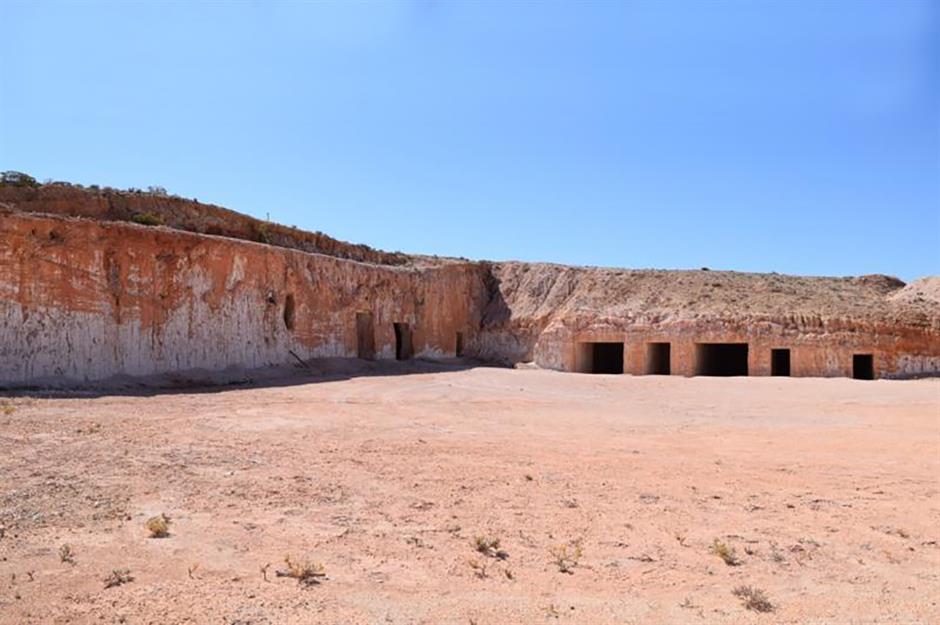
At the height of Australian summer, the temperature in Coober Pedy swings between 77.5°F and 98.1°F. With record highs of 117°F, it's not surprising that half of the town's 1,942 inhabitants choose to live underground. If subterranean living appeals to you, this unusual Monument Road property is about to go under the hammer. Described on the listing as an '"unfurnished dugout" needing "significant excavations", the plot spans 2.7 acres so there's plenty of room to make your mark.
Auction homes
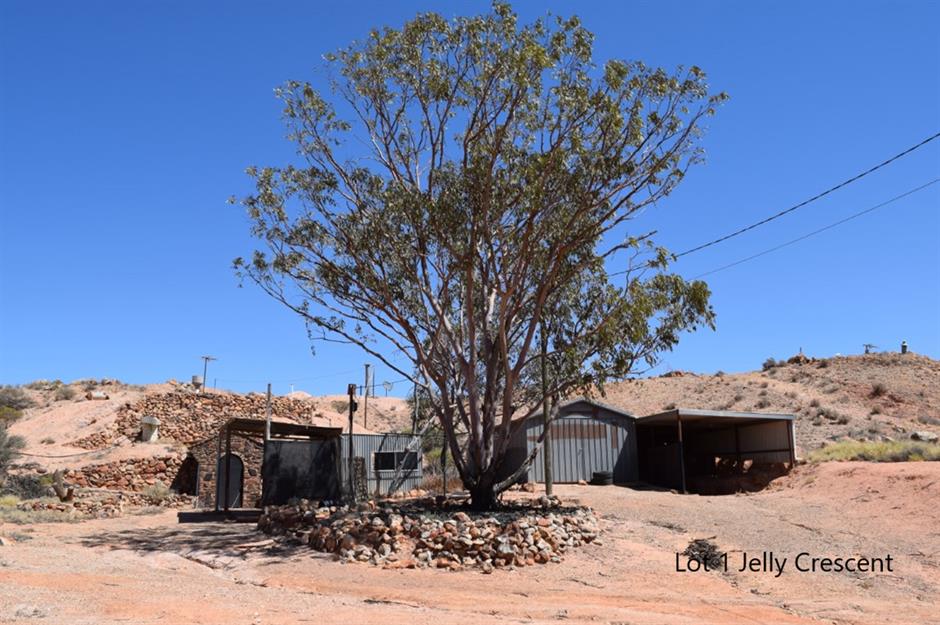
The properties are being auctioned off by the town itself, due to previous tenants not paying council rates. Warren Andrews, director of Andrews Property, told The Sun that some of the bills dated back three years. He added that some of the properties up for auction are still in good condition, while others need a lot of work. This home going under the hammer on Jelly Crescent is typical of the area, with corrugated metal structures above ground and the main house below.
Cave life
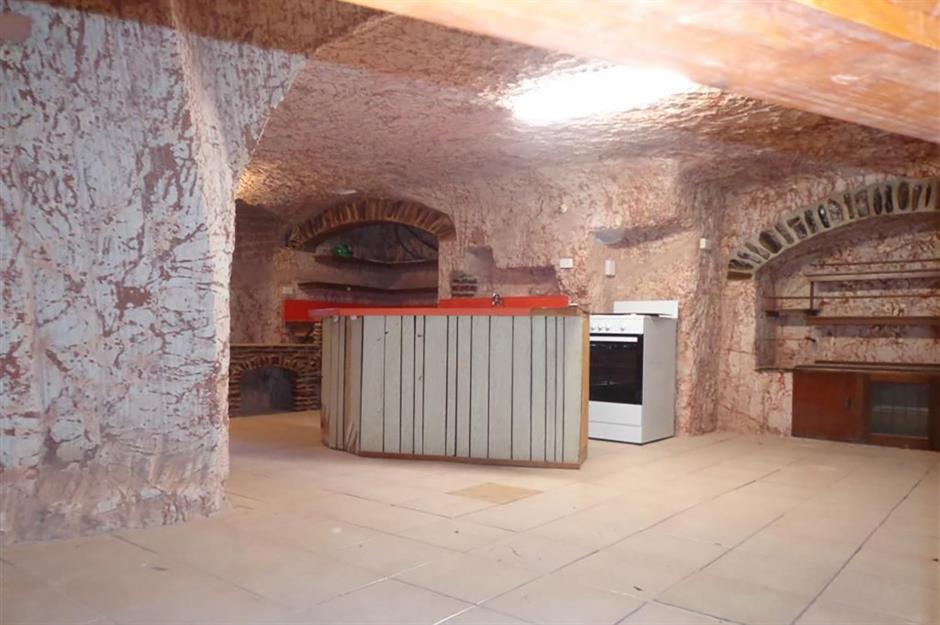
Although the listing doesn't contain any recent interior photos, this image of the kitchen at Jelly Crescent from 2017 gives a good idea of what to expect from cave living. The tiled floors, uneven, distinctive walls and low ceilings are typical of homes in Coober Pedy. No matter how harsh the climate, the underground homes maintain a comfortable temperature all year round, with an estimated 50% of the locals living below the surface.
Bargain buys
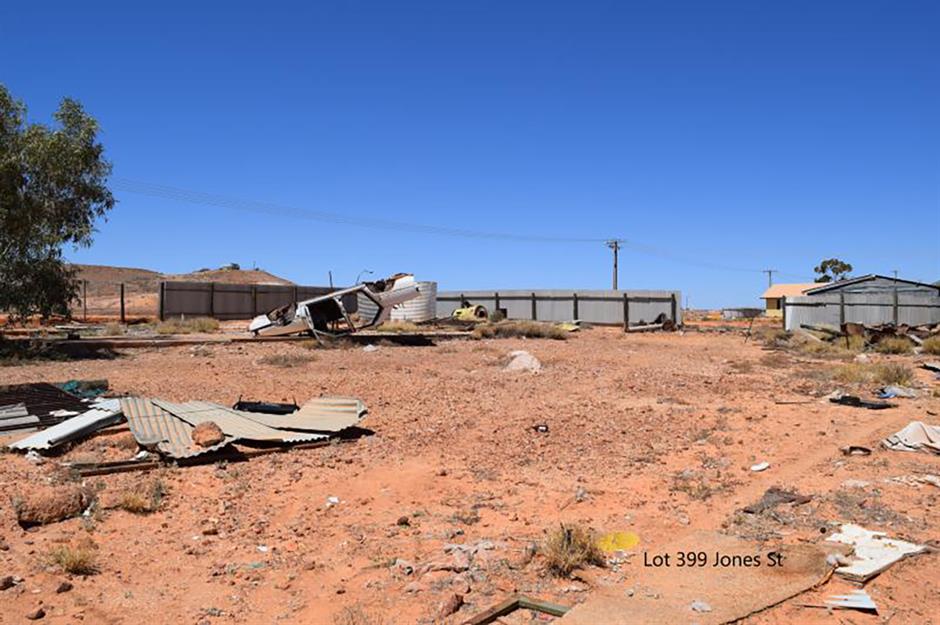
Due to their circumstances, the properties are going for a song. According to reports, one 8,600-square-foot residential plot is going for a starting bid of just $3,368 (AU$5,000), which may very well be this Jones Street lot. Meanwhile, a number of three-bedroom family homes are available for $20k–$368k (or AU$30k – AU$550k).
New life
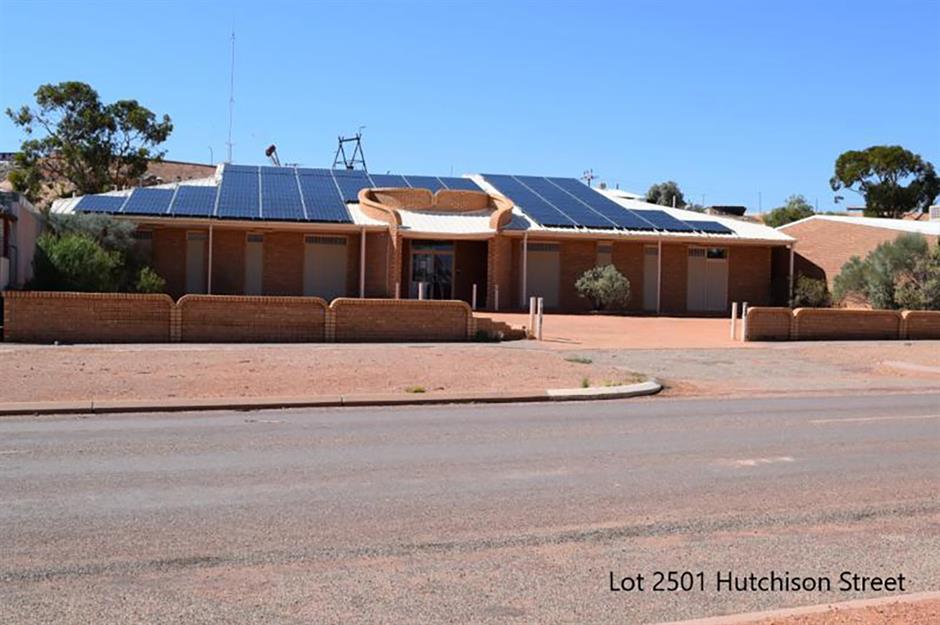
The most expensive property on the menu is a high-quality commercial office on a desirable street. Bidding on that one will kick off at $535k (AU$800k). Although the circumstances of the auction are unfortunate, Andrews told realestate.com.au that “the flipside is we’re going to have 16 properties with brand new owners that will come and breathe new life into the town." The auction will take place on 3 May online or in person at Desert Cave Hotel, Coober Pedy.
Cheap real estate
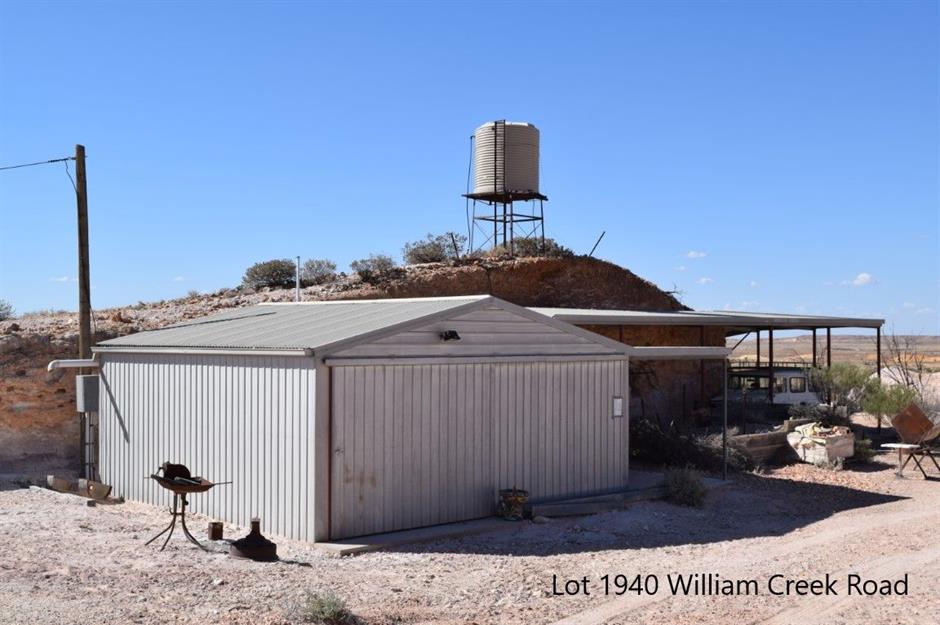
Despite the fact many of the homes need work, such as this residential dugout, the agent is expecting a lot of interest from out-of-state buyers. "I'm expecting a lot of buyers to be external," he said. "Coober Pedy attracts a lot of interest from New South Wales and Victoria. It's very cheap real estate." Whoever they are, they'd better pack their SPF 50.
Tourist attraction
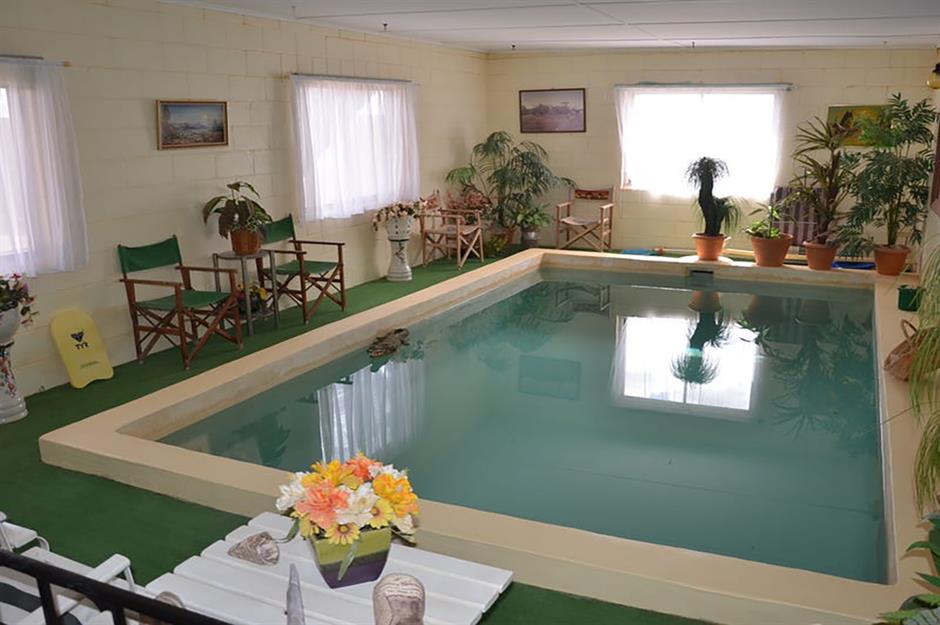
One way to beat the heat is simply to bring your pool right into your home, as this local home and tourist attraction has. While not one of the auction lots, it IS open to expressions of interest. A tour around the three-bedroom house known as 'Faye's Underground Home' is currently rated number two on Tripadvisor's list of things to do in Coober Pedy.
Hidden gem

Considering its position in the Opal capital of the world, with a swimming pool in the above ground portion of the home and a built-in bar below, this home is – almost literally – a hidden gem. The listing for this home on Old Water Tank Road is also held by Andrews Property.
Modern-day amenities
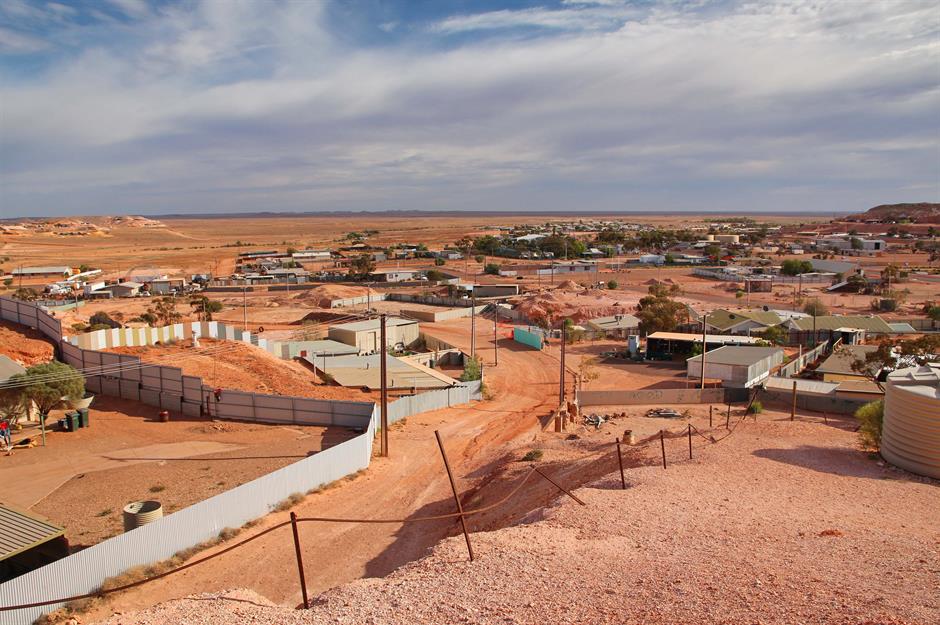
So what else do we know about this remote town? The majority of the population spends their days in the Opal mines, and in the evenings retreat into their underground homes to escape the searing heat. The town has a drive-in movie theater and a golf course with no grass, so you'd better bring your sand wedge if you fancy a round. Signs around the town warn visitors not to fall in many of the unmarked holes. It certainly is an unusual place to live.
Subterranean town
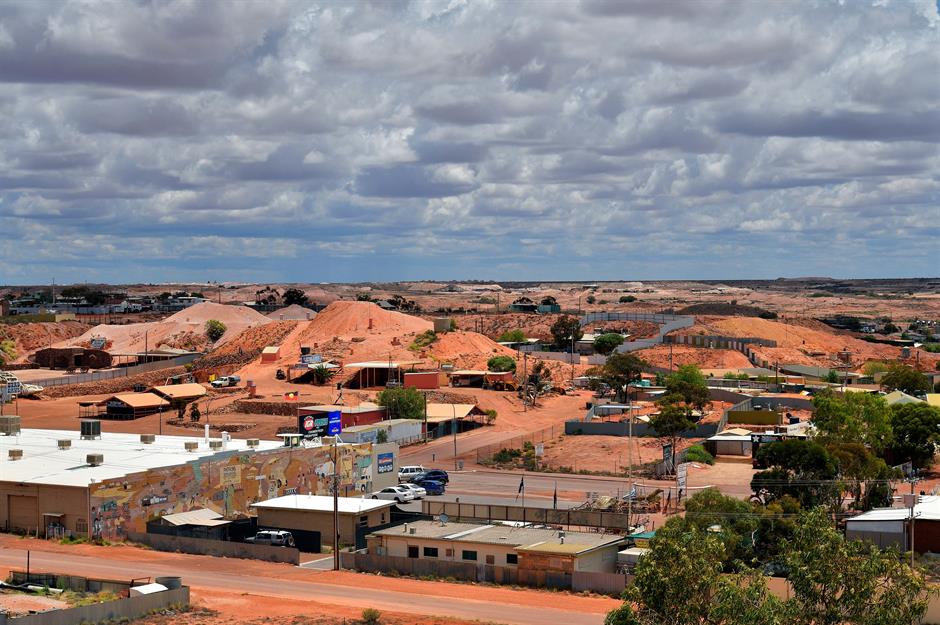
The subterranean town may be small and remote but it's full of modern-day amenities. Despite the recent decline in the opal trade, there are restaurants, hotels, a school, shops and even a small hospital.
Sacred spaces

Facilities also include The Church of Saint Elijah the Prophet, a Serbian Orthodox Church that was carved out of the sandstone in 1993. The church is still active, although these days more tourists than worshippers step foot inside the sacred space. We can only imagine how cool and quiet it must be, surely the perfect place for peaceful reflection. Believe it or not, there are two further underground churches in Coober Pedy – a Catholic church and the Anglican 'Catacomb Church'.
Read on to discover more weird and wonderful places to live in some of the world's most inhospitable places...
READ MORE: The most isolated places on Earth
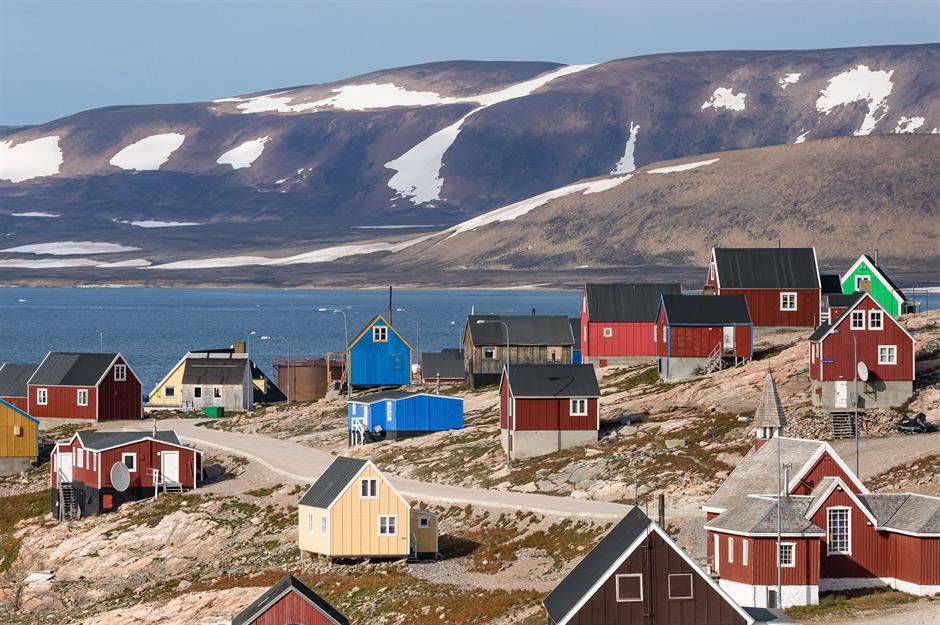
Supai, Arizona, USA
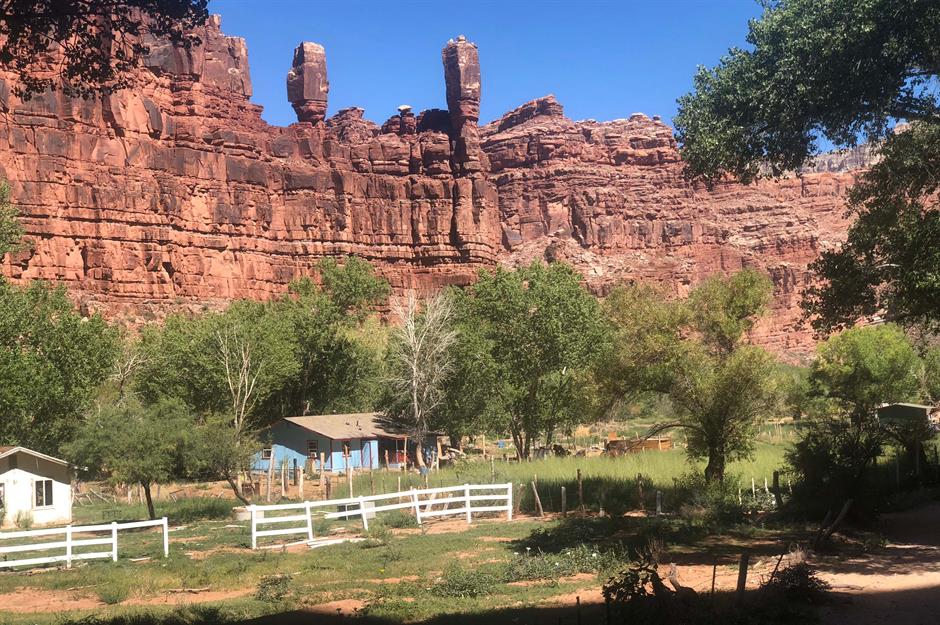
Often referred to as the most remote community in the United States, the secluded community of Supai is located within the Grand Canyon in an area known as Havasu Canyon. Only accessible by helicopter, mule or on foot, it sits eight miles from the nearest road and feels like extreme living at the end of the Earth.
Supai, Arizona, USA
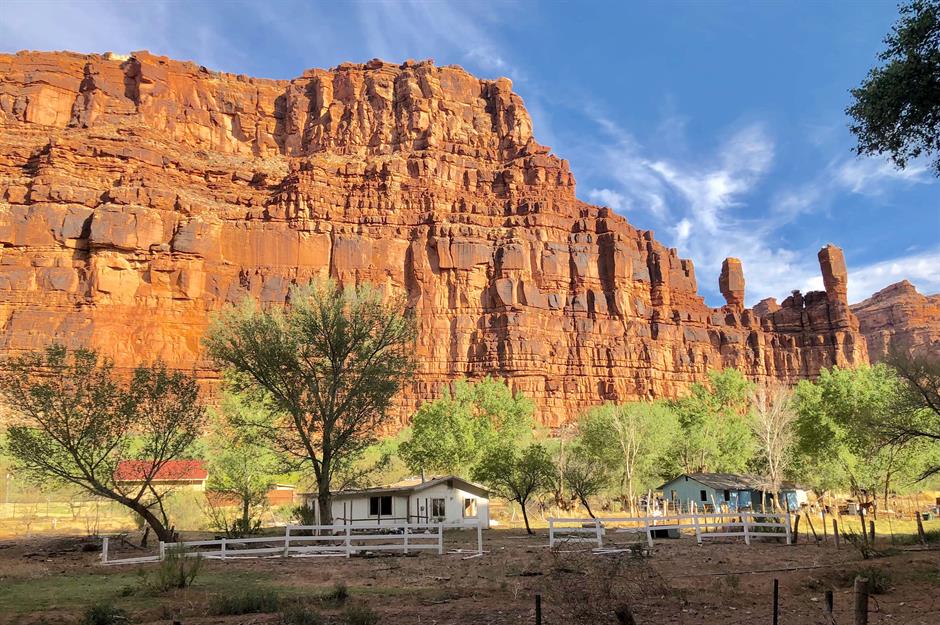
Supai, Arizona, USA
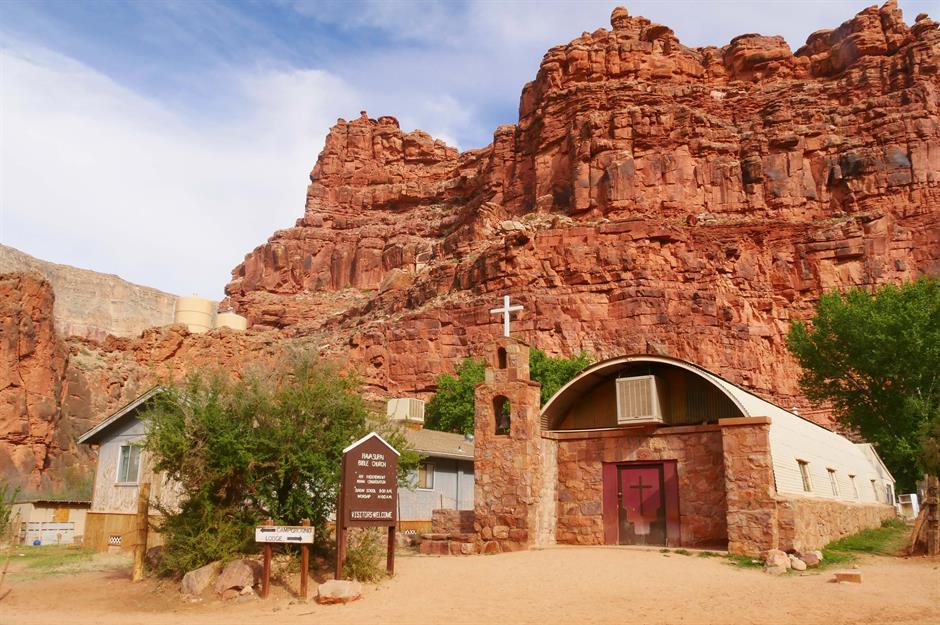
Supai, Arizona, USA
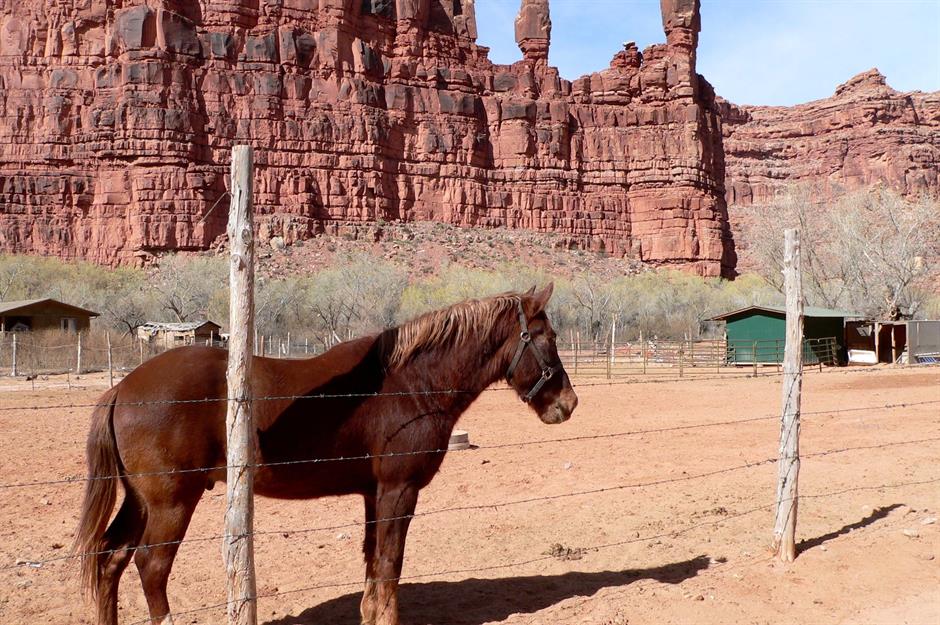
Tristan da Cunha, Saint Helena
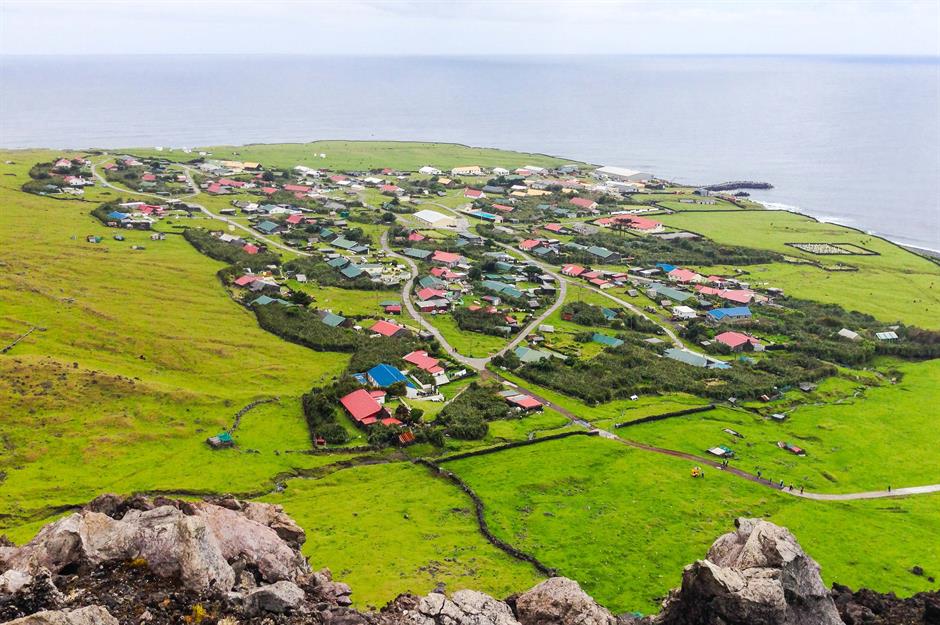
The world's most remote populated island, Tristan da Cunha sits in the middle of the Atlantic Ocean. 1,750 miles from Cape Town, Edinburgh of the Seven Seas, the only settlement on the island, is home to around 250 permanent residents.
Tristan da Cunha, Saint Helena

Even though the island has a harbor, any large yachts or vessels have to anchor a distance from the coast. Local ferries operate as frequently as they can to and from the island, but with the weather only good enough 70 days a year, reaching the extreme location where people live is difficult.
Tristan da Cunha, Saint Helena
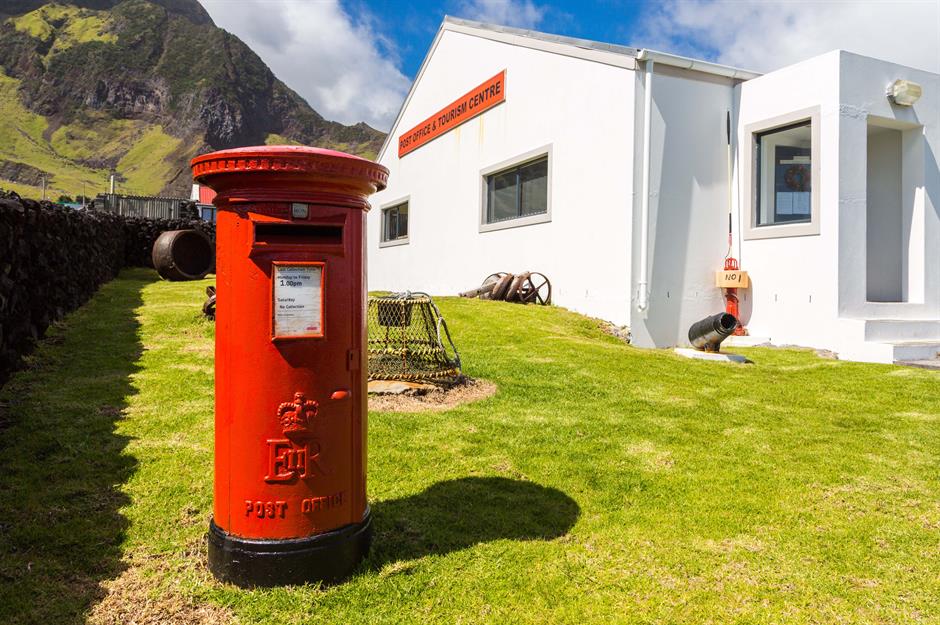
All the residents have access to modern-day amenities including a hospital that offers dental treatment and minor operations, as well as a grocery shop and post office, where the island produces its very own stamps.
Tristan da Cunha, Saint Helena
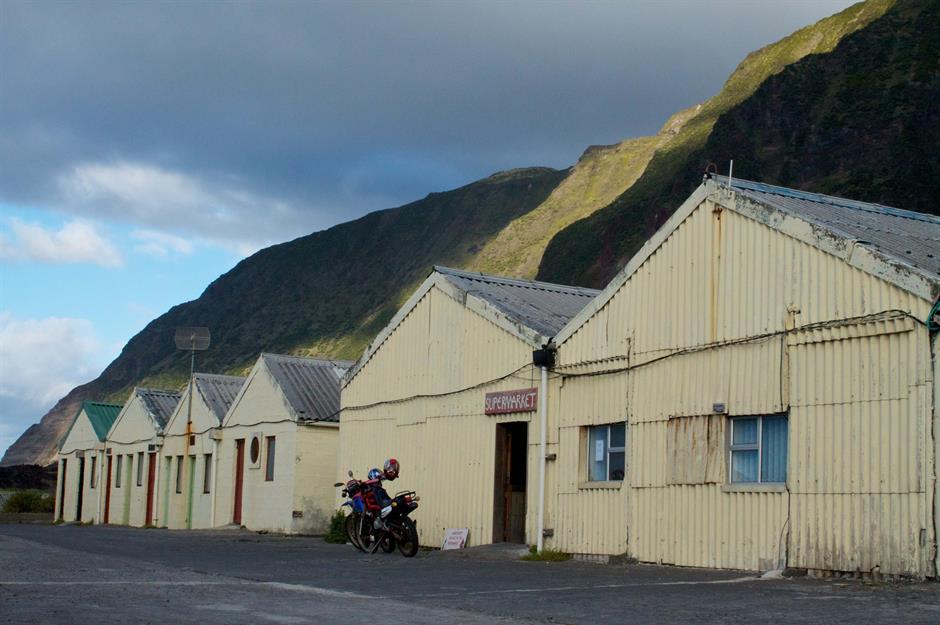
Utqiagvik, Alaska, USA
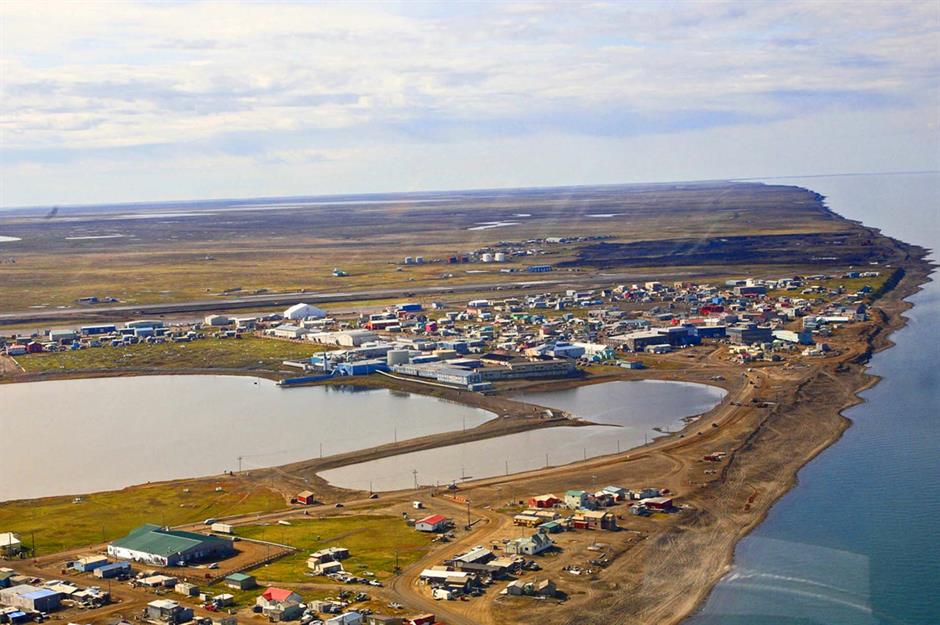
The northernmost community in the United States, Utqiagvik feels completely cut off from the world. With no roads connecting it to other settlements, the dirt roads that do exist lead just a few miles outside the main town.
Utqiagvik, Alaska, USA
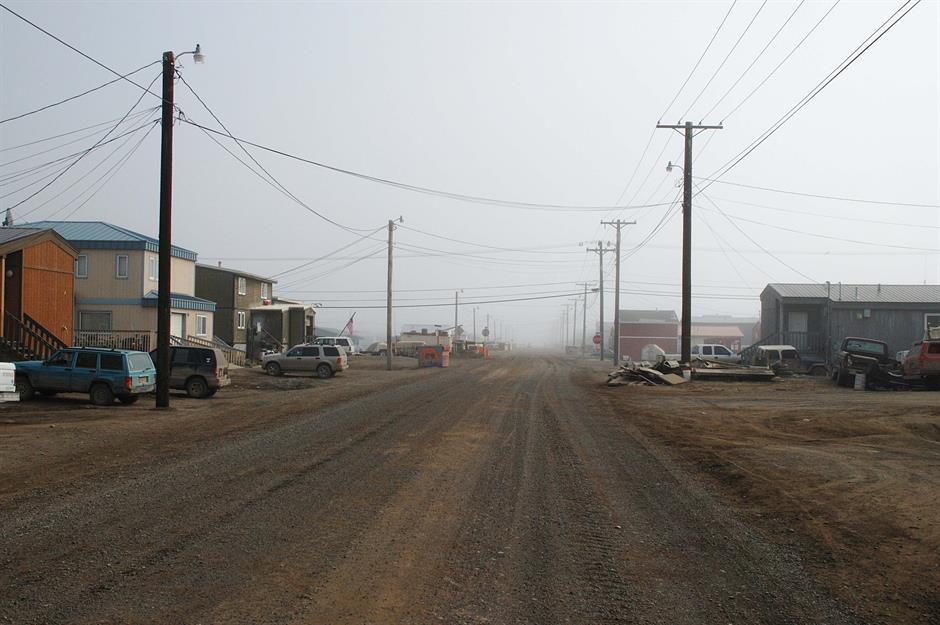
The city is built upon a layer of permafrost that's up to 1,300 feet deep in some places, making life hard for the permanent population of around 4,000 residents. The warm season has an average high of just 35.6°F, and the winter lasts for 160 days a year, with more than two months spent in complete darkness.
Utqiagvik, Alaska, USA

Even though Utqiagvik is seen as a modern community, the locals still practice hunting, fishing and whaling to support the economy as well as for their own food. Only accessible by plane, the town has an airport which is the lifeline for any imports of vital supplies.
Utqiagvik, Alaska, USA
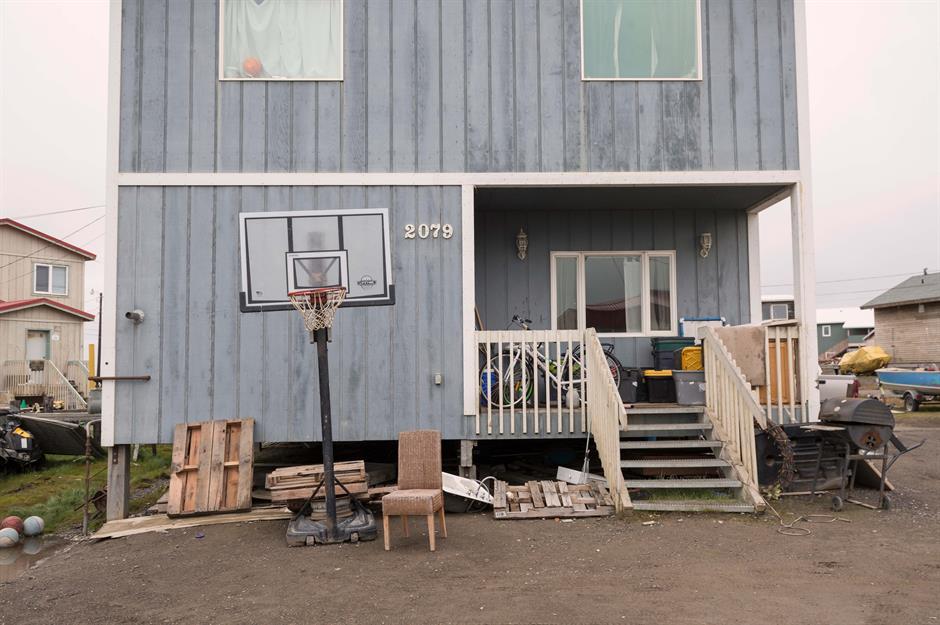
La Rinconada, Peru

At a height of over 16,000 feet, La Rinconada in Peru is the highest human habitation in the world. Perched atop Mount Ananea in the Peruvian Andes, the high-altitude homes are only accessible by a mountainside road and can take several days to reach.
La Rinconada, Peru

La Rinconada, Peru
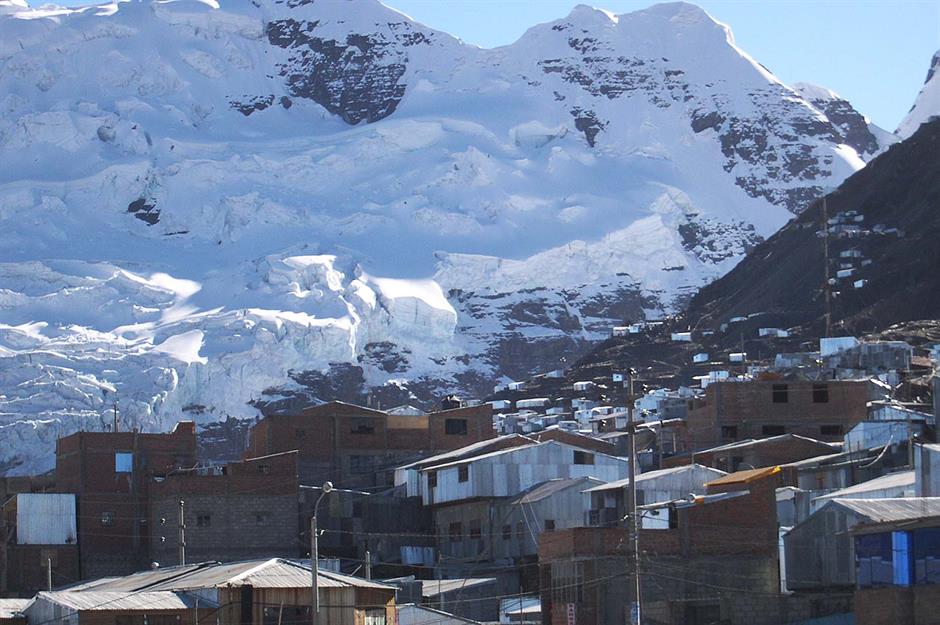
The city itself is iced over for most days of the year and at such a height the air is so thin that the residents have had to adapt. They've also had to find ways of entertaining themselves which include meeting in cafés and setting up a local football team.
La Rinconada, Peru
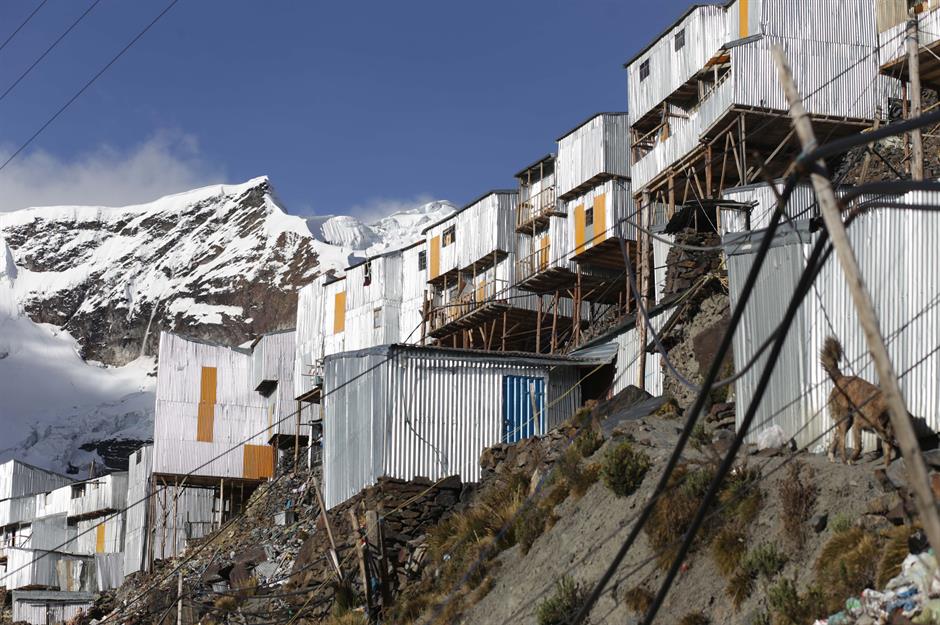
Even though the town is extremely poor, the economy relies on the unregulated gold mines that are carved into the mountainside. Miners work through the month without any pay but can take home as much ore as they can carry after their last shift.
Migingo Island, Lake Victoria, Africa
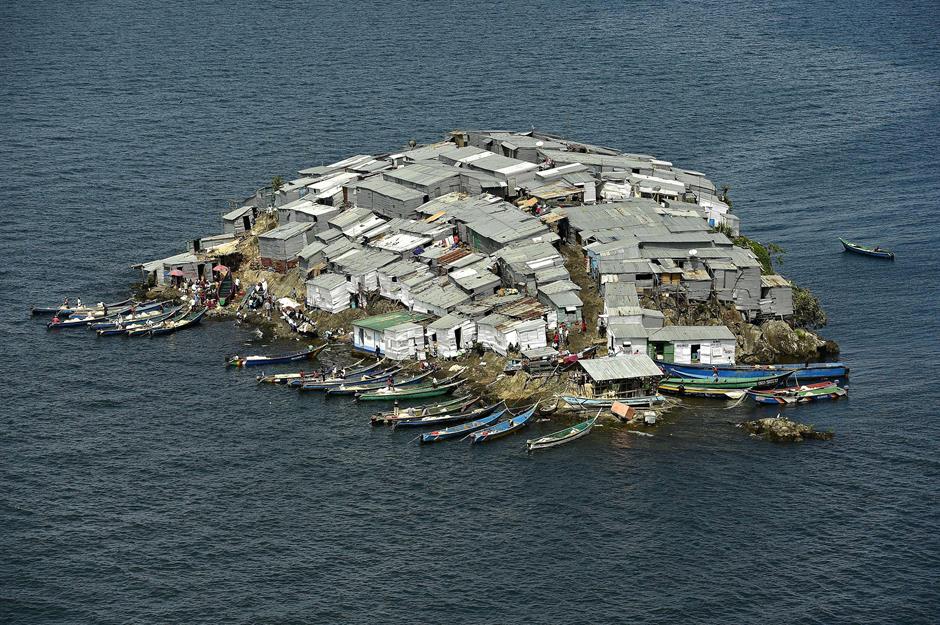
Lake Victoria is the largest lake in Africa and is home to one of the most isolated communities on Earth, Migingo Island. With a reported population of over 500 people, made up mostly of fisherman crammed into less than 22,000 square feet, the island is far from paradise.
Migingo Island, Lake Victoria, Africa

Inaccessible to those without boats, the crowded island is jam-packed with houses made from recovered tin and scavenged materials.
Migingo Island, Lake Victoria, Africa
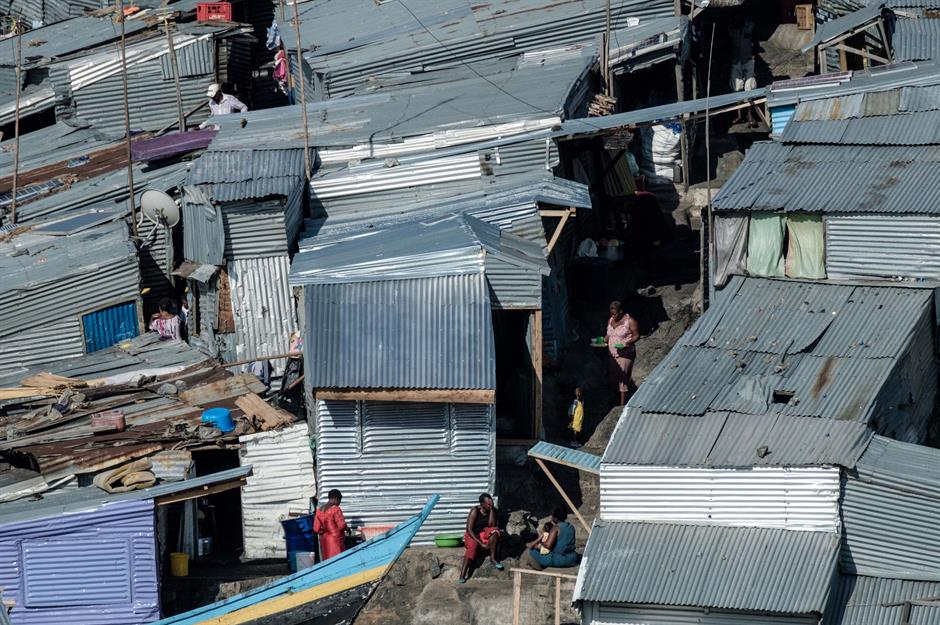
Migingo Island, Lake Victoria, Africa
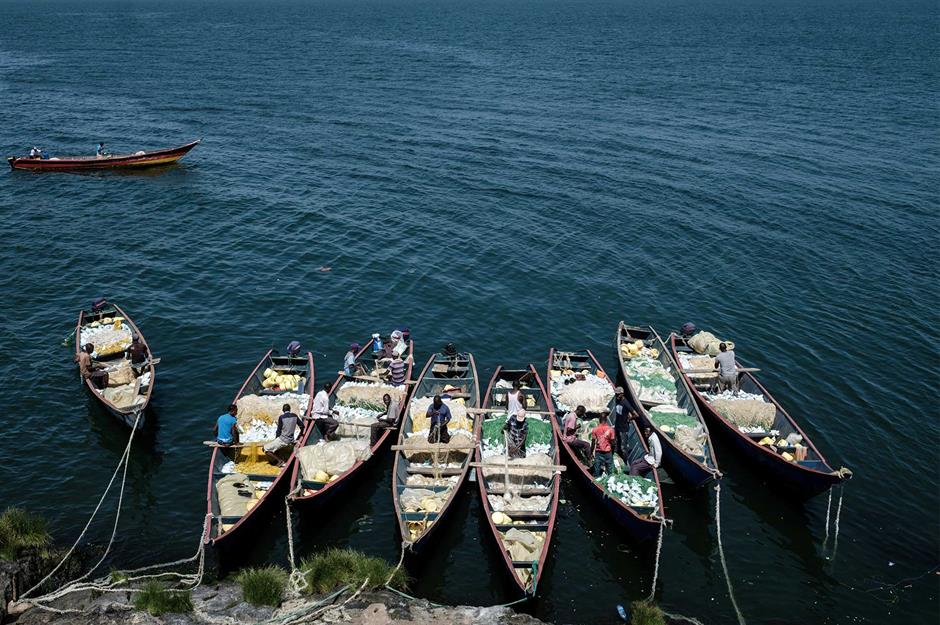
Villa Las Estrellas, Antarctica
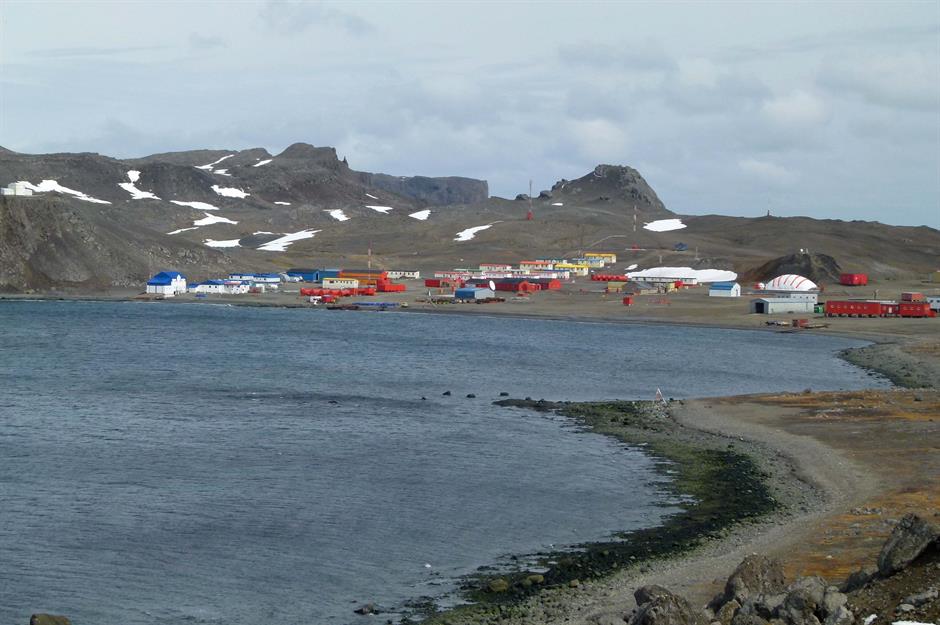
Many think of Antarctica as barren, empty land, however, there's a small Chilean community that call the icy expanse home. Villa Las Estrellas is as isolated as towns come with just 14 homes, one bank, a post office, a small school, church, gym and a souvenir shop.
Villa Las Estrellas, Antarctica
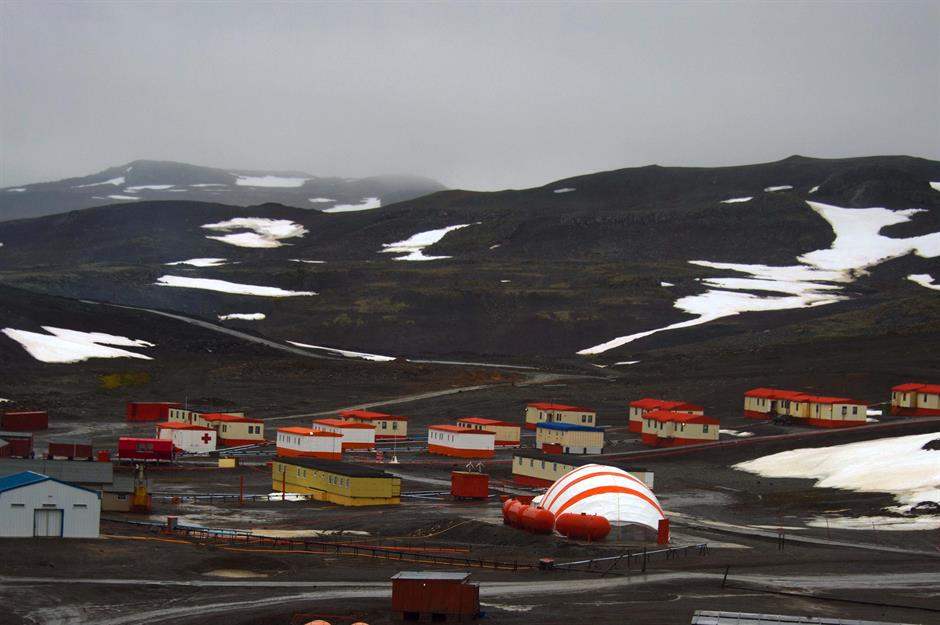
Located on the Presidente Eduardo Frei Montalva Base with a population of around 100, which gets smaller in the harsh winter months, the residents tend to be a rotation of scientists or personnel from Chile's navy and air force. Those on long-term stints often bring their families.
Villa Las Estrellas, Antarctica
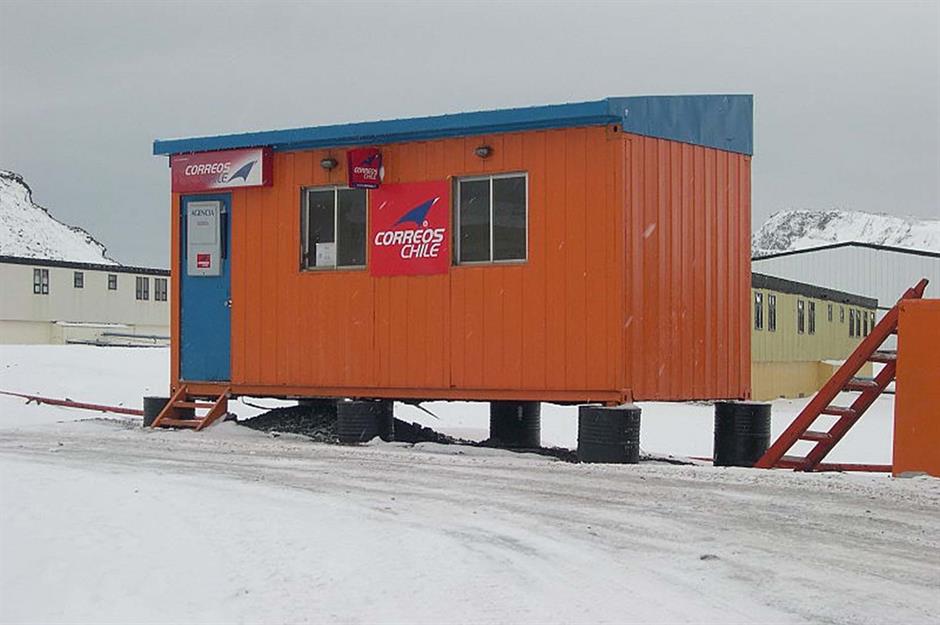
The hospital on the island is equipped for basic lifesaving procedures and a small pharmacy is also available. However, with limited facilities and only one doctor and one nurse, all emergency cases have to be flown to health centers in South America a mere 625 miles away.
Villa Las Estrellas, Antarctica

Oymyakon, Russia
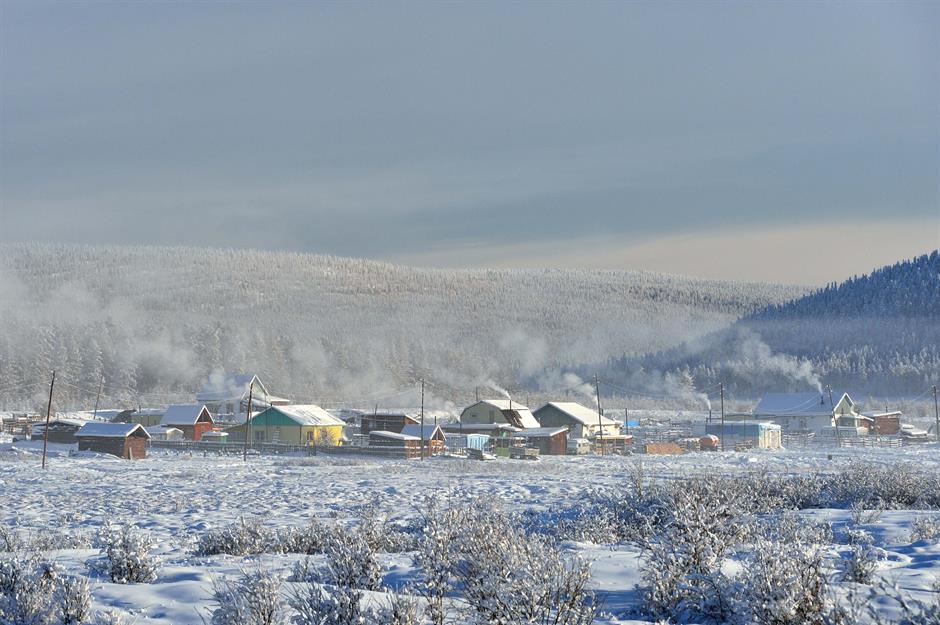
An almost inhospitable location, the town of Oymyakon in Russia is closer to the Arctic Circle than it is to the nearest city. Frostbite blights the lives of the local residents in the isolated village, which has been labelled the coldest permanently inhabited place on Earth.
Oymyakon, Russia
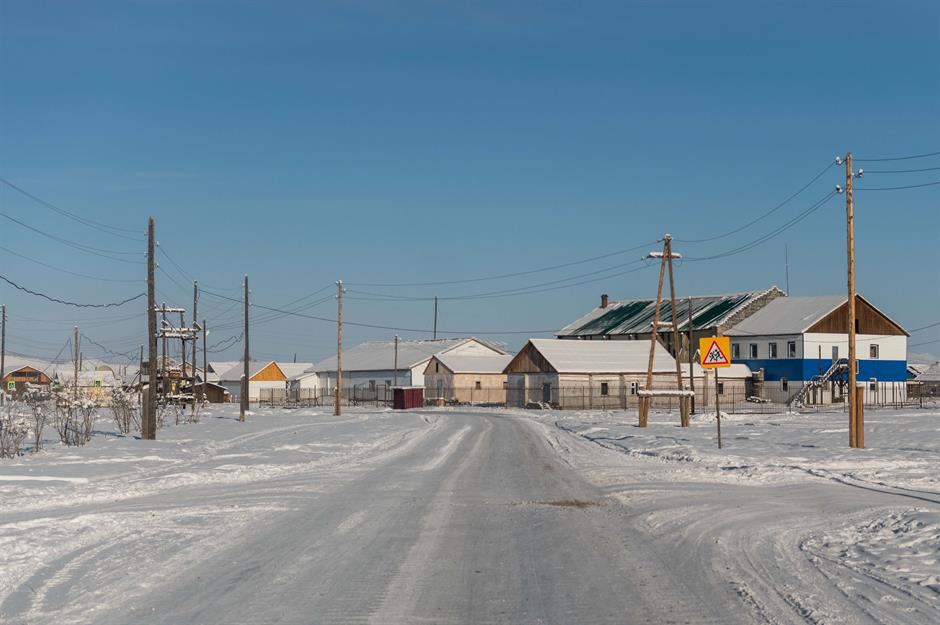
With winter temperatures averaging -72.4°F, pretty much everything is frozen in the village. Engines freeze, meaning many cars are left running all the time and face coverings are a must as eyelashes and even saliva freeze in an instant.
Oymyakon, Russia

Oymyakon, Russia
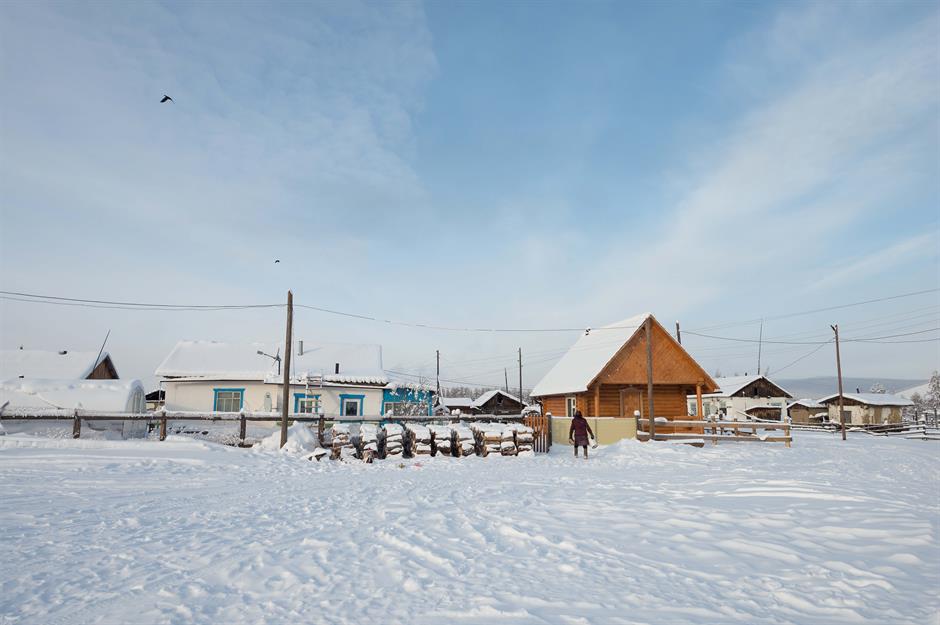
Ittoqqortoormiit, Greenland
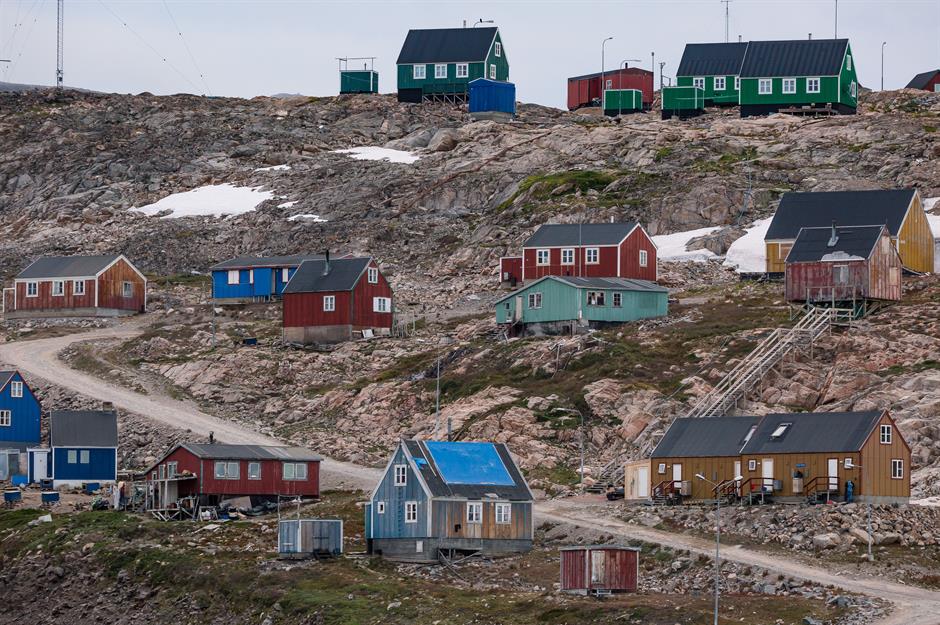
The small town of Ittoqqortoormiit in Greenland is the most remote inhabited community in the Western Hemisphere. Its closest neighbor is the Northeast Greenland National Park, the world's largest national park. Overrun by polar bears, reindeer and walruses, the only human presence in the park is the Sirius Sled Patrol, a Danish naval unit, so residents really are all on their own here.
Ittoqqortoormiit, Greenland
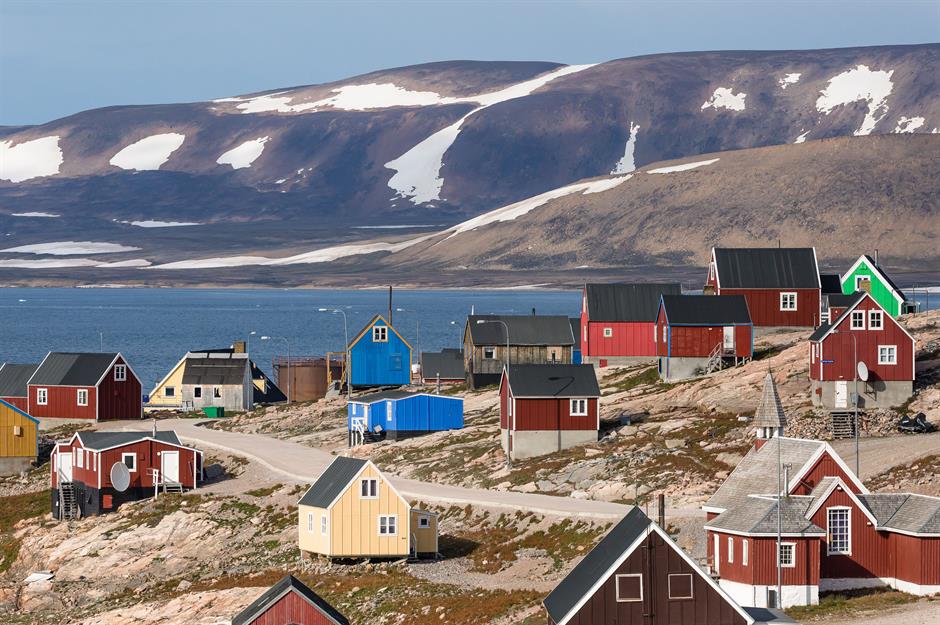
Ittoqqortoormiit, Greenland

For around nine months of the year, sea ice blocks the town's access to civilization, meaning hunting and fishing are the only ways the local residents can survive. With a small population of just 345 as of 2020, residents in this isolated spot derive an income from hunting and summer tourism. The population briefly swells in August and September when cruise ships arrive with about 3,000 tourists in total.
Ittoqqortoormiit, Greenland
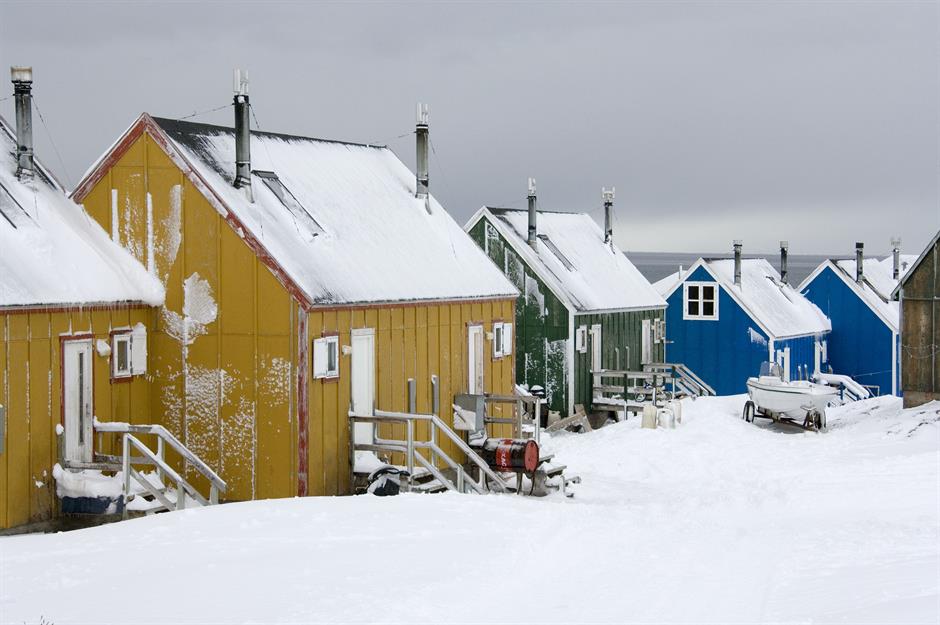
Ittoqqortoormiit's inhabitants have access to a local pub that opens just once a week, a supermarket filled with freeze-dried food, plus a small souvenir shop and post office, all located in the center. To reach the nearest airport, residents have to fly by helicopter or in warmer months, they can take a boat.
Palmerston Island, Cook Islands
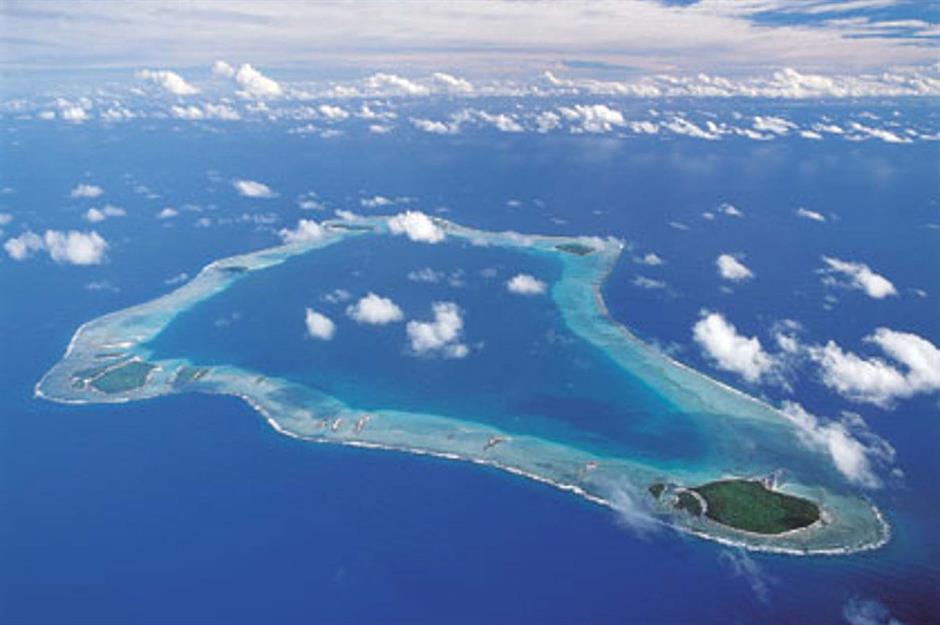
Around 2,000 miles northeast of New Zealand sits the self-sufficient island of Palmerston. One of the 15 Cook Islands, the atoll has a population of around 35 people, all of whom permanently reside in one of the most isolated communities on the planet.
Palmerston Island, Cook Islands
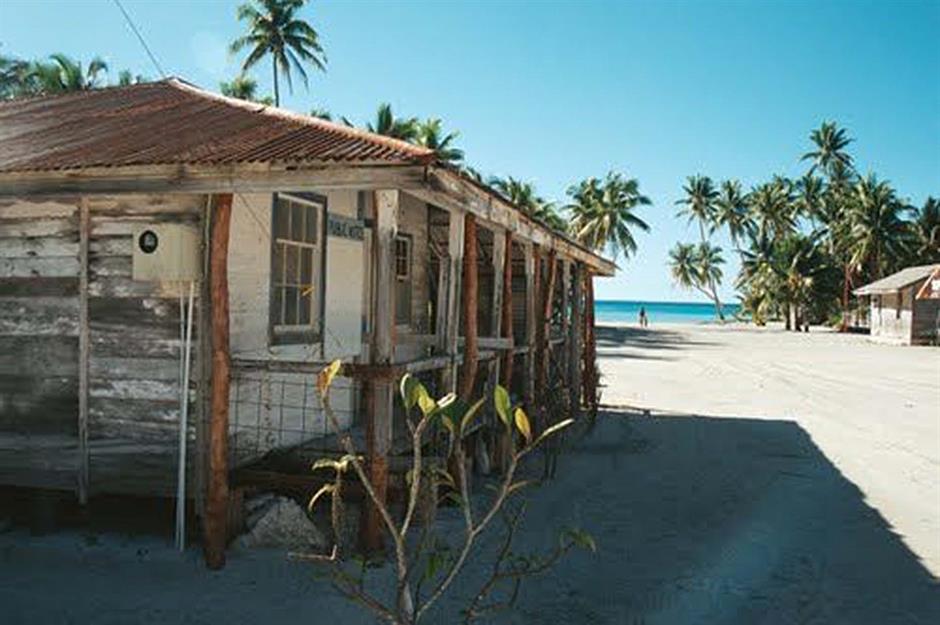
Even though it may look idyllic, the tiny island has no link to the outside world apart from a telephone station for emergencies. Cargo ships only visit a few times a year as without a harbor, access to the island is treacherous.
Palmerston Island, Cook Islands
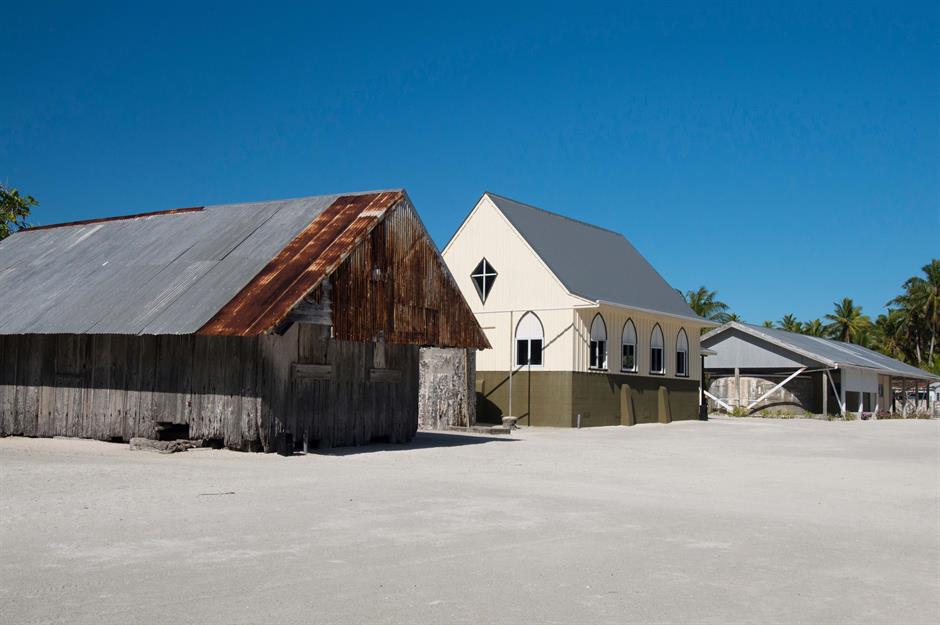
There are just two main dirt tracks on the island, while access to electricity and the internet is available for just a few hours a day. Palmerston Island is so remote, it wasn't featured on standardized maps until 1969.
Palmerston Island, Cook Islands
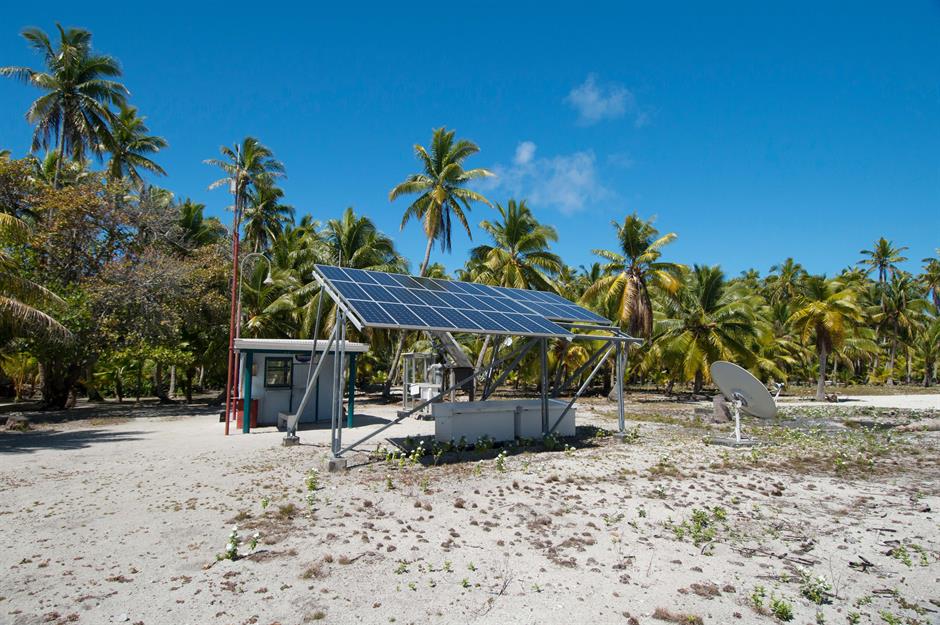
Life on the island is one of isolation and simplicity, with the locals collecting rainwater for drinking and relying on fish and coconuts to get by. The community is self-reliant due to its fishing, a rainwater-catchment system and a solar generator.
Loved this? Follow us on Facebook, for more incredible property news
Comments
Be the first to comment
Do you want to comment on this article? You need to be signed in for this feature